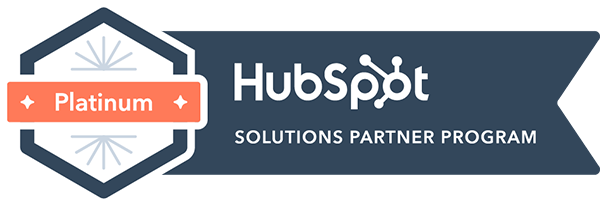In many cases, sales and marketing can be a (very) long game. Sometimes, businesses implement new sales and marketing plans and get discouraged when they’re not seeing the numbers they’d hoped to see after a couple months.
But the reality is that only a small percentage of your future clients are ready to buy right now. This is called the buying window, and it’s a really important factor to consider when you’re creating a sales and marketing plan.
What is the Buying Window?
The buying window is that period of time where your prospect is ready to make a purchase. They need a solution now, and they have the budget to invest in one.
This is one of the most unpredictable variables in any B2B sales process. Sometimes the stars align, and you happen to reach out to a prospect right when they’re moving into their buying window. But more often, it can take much longer before a prospect takes you up on an offer.
Research shows that only five percent of your available market is in their buying window – and ready to have a conversation with you – right now. It is much likelier that most of your prospects will take months, or even years, before they’re ready to have a conversation with you.
While you can’t control how many prospects are in their buying window at any given time, you can control how you stay connected with your prospects until the time is right for them to request that first appointment.
Maximizing the Buying Window Concept
The concept of the buying window is important for your team to understand, because it helps set realistic expectations.
If you know that you’re trying to bring in five new clients and only about five percent of your prospects are in their buying window right now, then it’s reasonable to assume you’ll have to connect with at least 100 right-fit prospects to find the ones who are ready to sit down and meet with you. This is also why it’s so important to continue to put yourself out there and attract more potential prospects.
But if you have reached out to 100 people and only met with five, what should you do about those other 95 contacts you’ve collected? Don’t underestimate the importance of continuing to connect outside the buying window.
Connecting Outside the Buying Window
If most of your prospects are not in their buying window, then what do you do to keep them engaged?
Ultimately, you need to have a system in place that puts you and your business in front of your prospects over a very long time. Then, as you continually feed that system, some of those contacts become prospects, and a percentage of those prospects become clients.
Here are some ways to re-engage right-fit prospects that aren’t ready to buy:
Send personalized emails: If you have a contact on your list who would be an ideal client, try reaching out occasionally with a personalized email to check in. This allows you to find out where they’re at, see if there is anything they might need your help with, or send them resources that pertain to their situation. Fostering a more personal relationship over time will put your business high on their list when they are ready to buy.
Pay attention to your previous relationship with this contact before you reach out; the way you would talk to a new contact is going to be different than the way you talk to a former client or someone who you’ve met with previously.
Create fresh content: Putting out new content is a great way to connect with your contacts and remind them of your expertise. Video can be especially effective, especially if it’s engaging, fun and helpful. You can share content through email and social media to reach your existing contacts, but also to branch out to new audiences.
Stay consistent. About 80 percent of prospects need at least five follow-ups before buying from a company. Meanwhile, 44 percent of salespeople give up after one follow-up call. Continue to check in occasionally, and vary the way you interact with your contacts, i.e. emailing, calling or sharing a helpful video or blog post.
Keep track of your contacts in a customer relationship management (CRM) system. A CRM stores your contacts’ information, and shows each touchpoint you’ve made throughout your relationship. Most CRMs will allow you to note when you first made contact with each prospect, when you last reached out, which emails they’ve opened or engaged with, and where they’re at in their buyer’s journey. This is extremely valuable information, because you can use it to filter out contacts who need to be engaged with more often, and who might be approaching their buying window.
The Bottom Line
The buying window is an often overlooked factor in client acquisition, but it’s so important to understand. If you can implement a system that focuses on longer term relationship building for your ideal prospects, you’ll be able to maximize your marketing efforts and meet your potential clients where they’re at.




